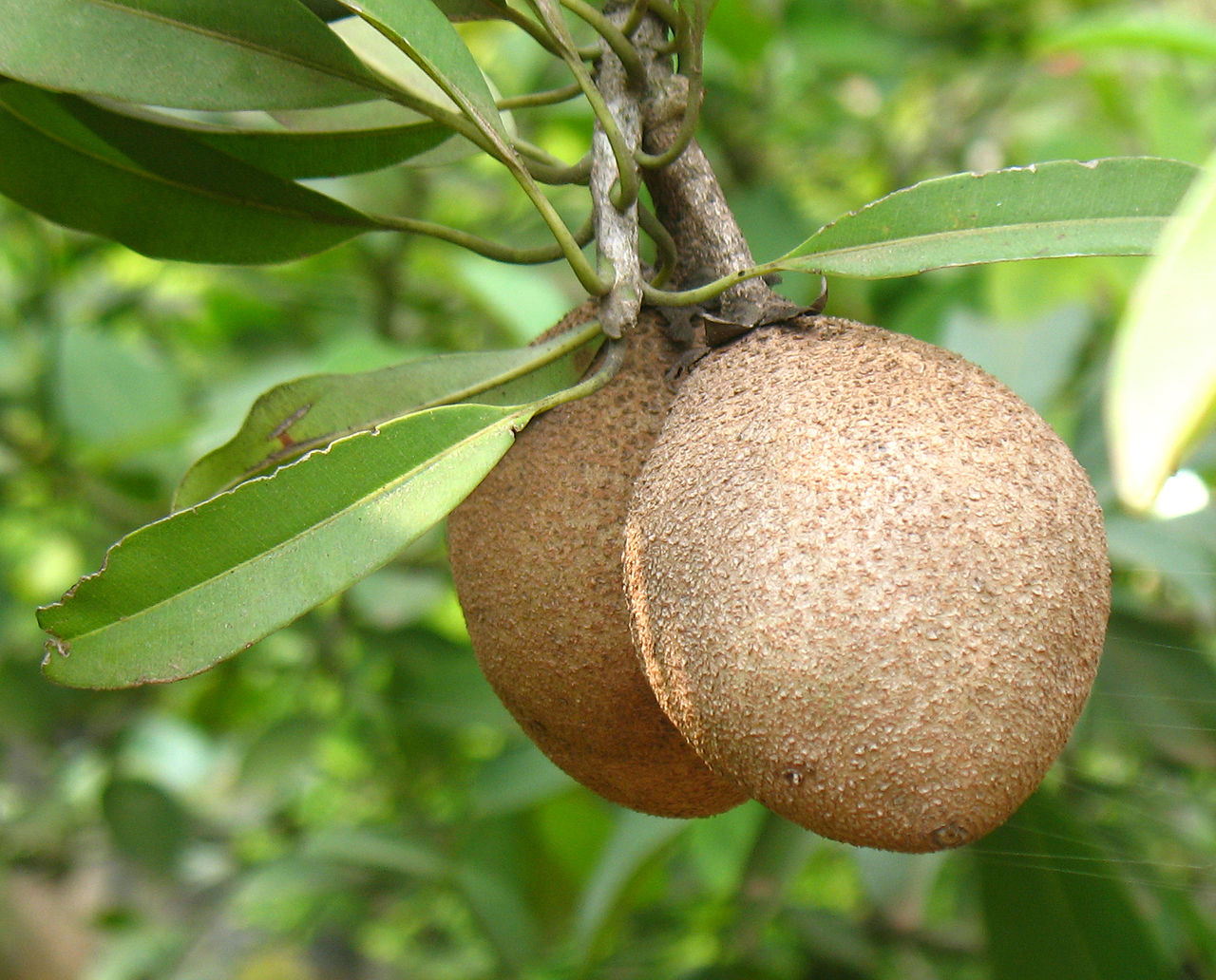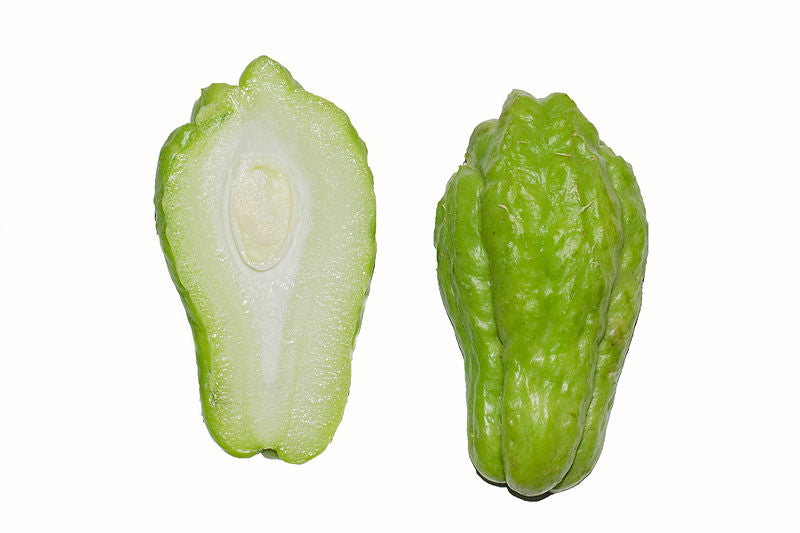
Tropical Wild Edibles - The Coconut Tree
Botanical name: Cocus nusifera
Common names: The Coconut Tree, Coconut, Coco nut,
Family: Arecaecea

Physical Appearance and Character: A medium palm growing up to 30 metres in height. It reaches full maturity in approximately 6 years. The coconut tree has pinnate leaves which grown to between 4 and 6 metres in length. The tree can produce up to 75 “nuts” per year but on average will produce far fewer. In fact, the coconut is not a nut at all, it is actually a drupe. That is “a fruit with a thin skin and a central stone containing the seed (e.g. plum, cherry and almond).Each coconut can weigh up to 1.4kg including the whole husk.

Natural habitat: Earliest coconut fossils date back to approximately 5 million years ago (the Miocene era) and are found exclusively in New Zealand and East India. They are now native on many shorelines around the world including Europe, Africa, South America, North America, Indonesia, Australasia and more.

Point of interest: The word “coco” seems to have been derived from the Portuguese word “coco” meaning head or skull. There are three indentations on a coconut which are supposedly reminiscent of a human face.

Uses: Coconut and its derivative products have been used by man for thousands of years. Almost all parts of the coconut can be used to some purpose. The white can be eaten raw, cooked, dried and more. It is used to make savory dishes as well as sweet. The milk is also nutritious and can be used in a multitude of ways. The husks can be used to make charcoal. Coconut coir (the fibrous parts) can also be used in many ways. Historically, it has been used for similar purposes as horse hair; brushes, furniture, mattresses, mats and more. There is also scope for use in gardening as coir is great at holding moisture whilst remaining aerated. This helps to reduce rot and insect infestations.

Dangers: There are few associated dangers with coconut. Apart from mechanical injuries resulting from gravity and the danger of falls during the harvesting process, coconut is also a known allergen, being a “tree nut”. People allergic to walnuts may also be allergic to coconut.

Photos courtesy of Wiki redistribution agreement.

Photos courtesy of
HRajib, CC BY-SA 3.0 <https://creativecommons.org/licenses/by-sa/3.0>, via Wikimedia Commons
Petey21, CC0, via Wikimedia Commons
James St. John, CC BY 2.0 <https://creativecommons.org/licenses/by/2.0>, via Wikimedia Commons
Judgefloro, CC BY-SA 4.0 <https://creativecommons.org/licenses/by-sa/4.0>, via Wikimedia Commons
Stephen Glauseruploaded to Wikimedia Commons by Teinesavaii, CC BY-SA 2.0 <https://creativecommons.org/licenses/by-sa/2.0>, via Wikimedia Commons
Wmpearl, Public domain, via Wikimedia Commons


